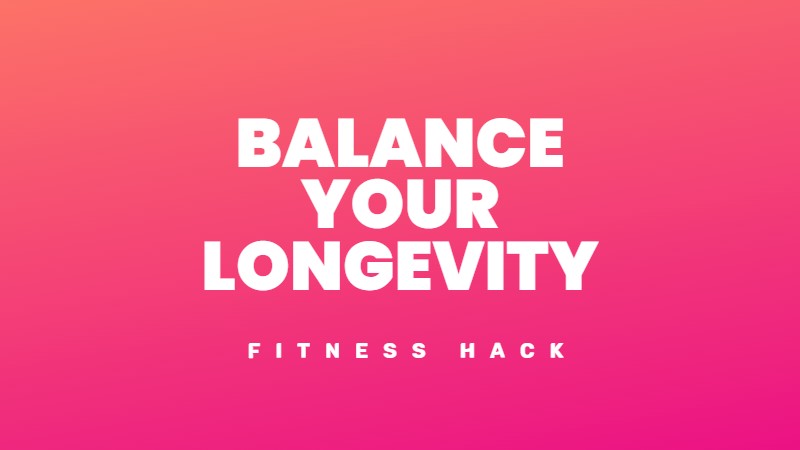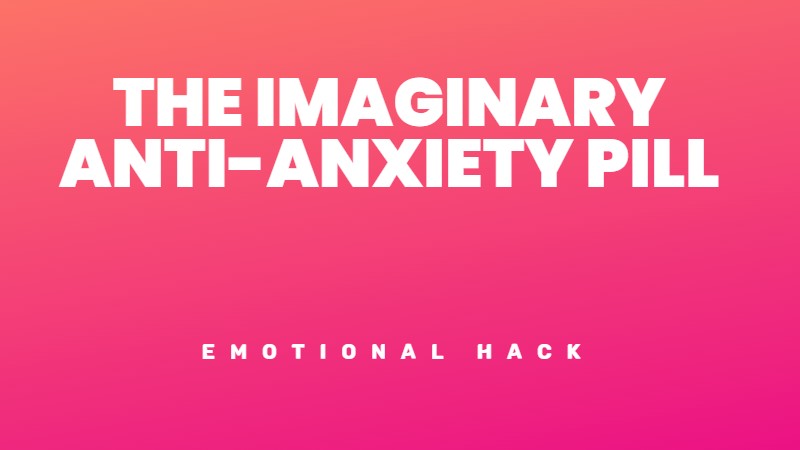Experiencing stress and anxiety is a common part of life. From managing deadlines to handling personal issues, these feelings can show up unexpectedly. How nice would it be to have some quick tricks to bring peace of mind? This article will introduce easy and effective methods to help you regain composure promptly.
Understanding stress and anxiety
Stress is a reaction to challenges, while anxiety involves feelings of worry and fear. They’re common responses to life’s demands, but can affect your well-being if not managed. Common triggers include job pressures, relationship issues, and financial concerns. When these feelings arise, understanding what they mean is the first step towards effective management. While stress might prompt physical signs like tension or headaches, anxiety often leads to restlessness or fear. Tackling these issues head-on can prevent long-term effects on your health, like heart disease or depression.
Historical context of stress management
People have been seeking stress relief for generations. Ancient practices like yoga and meditation persist even today because of their calming effects. In recent decades, science-based strategies, such as cognitive behaviour techniques, have joined the list of tools used for stress reduction. These methodologies have grown from ancient wisdom into recognized therapies, proving that blending age-old practices with modern understandings can help address stress efficiently.
The science behind stress reduction
When stress hits, the brain releases chemicals like cortisol and adrenaline, which activate the body’s “fight or flight” response. This can lead to an increased heart rate or tense muscles. Engaging in calming methods encourages your brain to release endorphins, which serve to counteract stress hormones. Research indicates that activating the parasympathetic nervous system can lower heart rates and bring mental calmness.
Quick techniques to calm you down
1. Deep breathing techniques
4-7-8 Method: Inhale for four seconds, hold the breath for seven, then exhale slowly for eight. This method slows your heartbeat and engages the parasympathetic nervous system. Imagine how powerful it can feel to restore calm simply by adjusting how you breathe.
Box Breathing: Inhale, hold, exhale, and pause — each for four seconds. It’s a simple method to help control your breathing pattern and center your thoughts.
2. Progressive muscle relaxation
This involves tightening and then relaxing each muscle group, one by one. You can start at your toes and work your way up. This practice eases muscle tension and enhances relaxation. Many athletes and performers use this technique to calm pre-event nerves.
3. Mindfulness and meditation
Taking a moment to ground yourself in the present can help clear a chaotic mind. Short exercises, like focusing on your breath or counting your steps as you walk, offer a break from overwhelming thoughts.
4. Nature exposure
A short walk outside or a few minutes by a window can work wonders for your mood. Evidence suggests nature helps reduce mental fatigue and stress. Even indoor plants have been shown to help cleanse the air and improve focus — like a small piece of the natural world within your reach.
5. Aromatherapy
Scents like lavender or chamomile can contribute to a tranquil atmosphere. A few drops of essential oil in a diffuser or sprinkled on your pillow might do the trick. Many people find particular scents soothing and make them a part of their daily routine.
Immediate benefits
These techniques help in many ways. Physically, slow breathing helps reduce blood pressure; mentally, they create space between your thoughts and reactions, offering a path to handle stress more logically. Quelling stress quickly aids in maintaining health and well-being.
Drawbacks and limitations
Although these tips can bring temporary relief, consulting a professional is essential when dealing with persistent anxiety. These are supplemental tools, not replacements for medical advice.
Implementing the techniques in your daily life
Incorporate these tricks into your day without much hassle. Practice breathing while waiting for your coffee or reflect on gratitude while commuting. Over time, these small actions can become second nature, providing you with a toolbox for handling stress.
Future trends in stress reduction
New technology offers promising solutions for stress management, including apps that suggest breathing exercises or wearables that monitor stress levels. These innovations, combined with traditional strategies, provide a balanced approach to managing stress effectively.
Conclusion
Finding ways to calm yourself quickly can transform how you handle stress. Discover what works best for you and incorporate these simple strategies into your daily routine to maintain balance and peace of mind.
FAQs
These techniques provide actionable steps for achieving a calmer state of mind. Integrating them into your routine offers a continuous path towards a more composed life.




Leave feedback about this